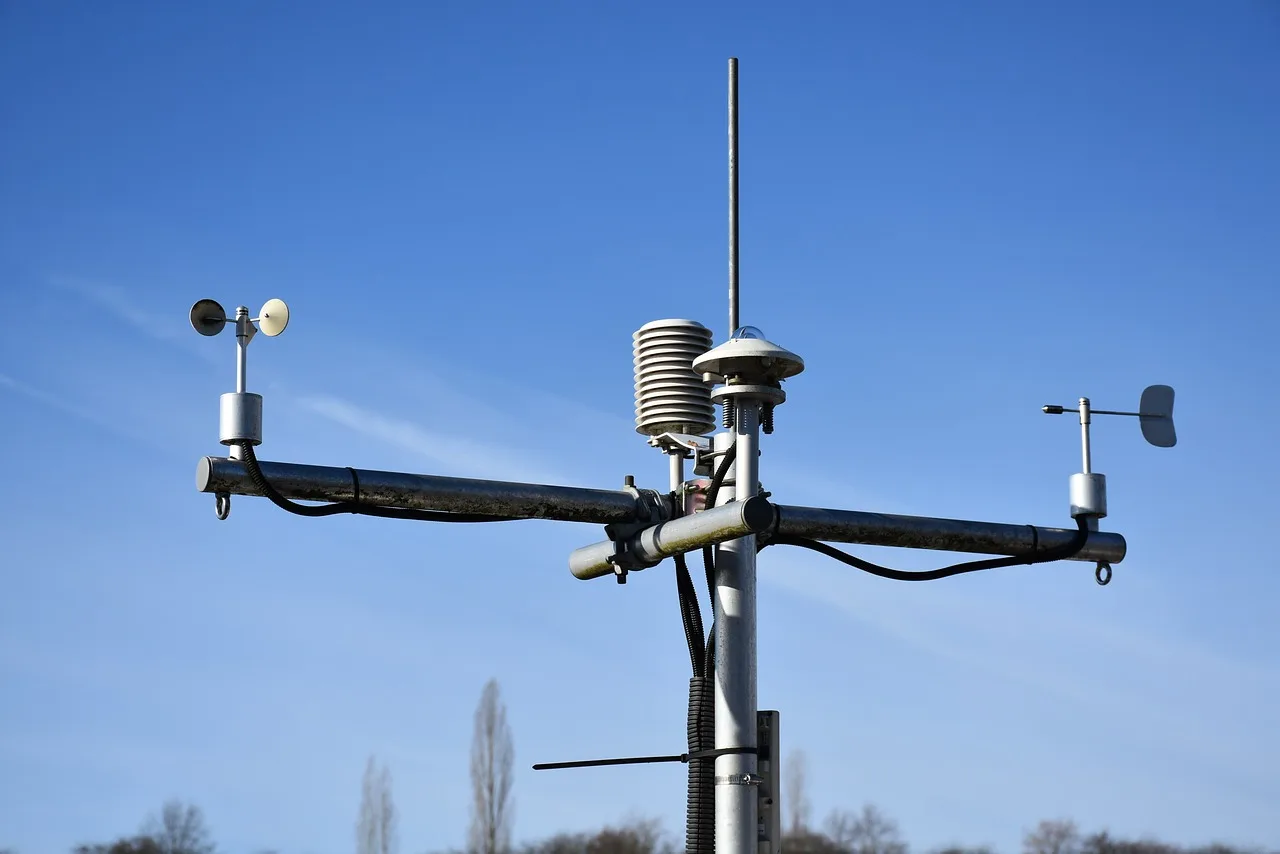Are you eager to dive into the enriching world of gardening, armed with the essential knowledge of Gardening Essentials? Whether you’re a seasoned enthusiast or a budding green thumb, this guide is your gateway to transforming outdoor spaces into vibrant havens of beauty and tranquility. In this comprehensive article, we’ll explore the fundamental principles and practices that constitute Gardening Essentials, from soil preparation to plant care and beyond. Let’s embark on a journey of growth and beauty together.

Table of Contents
- Getting Started with Gardening Essentials
- Understanding the Fundamentals of Gardening
- Plant Selection and Care: Nurturing Your Garden
- Designing Your Garden: Crafting Outdoor Sanctuaries
- Specialized Areas of Interest: Diving Deeper into Gardening
- Container Gardening: Maximizing Space and Creativity
- Vertical Gardening: Growing Upwards for Vertical Spaces
- Edible Landscaping: Harvesting Beauty and Nutrition
- Native Plants and Wildflowers: Supporting Biodiversity
Getting Started with Gardening Essentials
Embark on your gardening journey equipped with the essential tools and a dash of enthusiasm. From a sturdy spade to a reliable watering can, gather your gardening arsenal to lay the groundwork for your green sanctuary. Start by selecting a suitable location for your garden, considering factors such as sunlight, soil quality, and drainage. Prepare the soil by loosening it with a fork or tiller and incorporating organic matter like compost or aged manure to enrich its fertility. Once your soil is ready, it’s time to plan your garden layout and choose the plants you want to grow. Consider the space available, the climate of your region, and your personal preferences when selecting plants for your garden.
Understanding the Fundamentals of Gardening:
Unlock the secrets of successful gardening by mastering the fundamentals. Soil preparation is key to ensuring healthy plant growth, so take the time to test your soil’s pH level and nutrient content. Amend the soil as needed to create an optimal growing environment for your plants. Proper watering techniques are essential for plant health, so water deeply and infrequently to encourage deep root growth. Mulching your garden beds helps retain moisture, suppress weeds, and regulate soil temperature, so apply a layer of organic mulch around your plants to reap these benefits. Understanding these gardening essentials will lay the foundation for a thriving garden.
Plant Selection and Care: Nurturing Your Garden
Navigate the vast array of plant species with confidence, selecting varieties tailored to your climate and space constraints. Consider factors such as sunlight requirements, water needs, and mature size when choosing plants for your garden. Once planted, be sure to provide proper care and maintenance to ensure their health and vitality. Water your plants regularly, checking the soil moisture level and adjusting your watering schedule as needed. Fertilize your plants periodically to replenish nutrients in the soil and promote robust growth. Prune your plants as necessary to remove dead or diseased foliage and encourage new growth. Gardening essentials like proper plant selection and care are crucial for cultivating a thriving garden.
Designing Your Garden: Crafting Outdoor Sanctuaries
Transform your outdoor space into a visual masterpiece by infusing it with your unique style and creativity. Start by sketching a rough layout of your garden, taking into account the size and shape of your space, as well as any existing features like trees or structures. Consider elements such as color, texture, and height when selecting plants for your garden beds, aiming to create a harmonious and balanced composition. Experiment with different plant combinations and arrangements to create visual interest and focal points within your garden. Incorporate features like paths, seating areas, and garden ornaments to enhance the overall design and functionality of your outdoor space. Gardening essentials play a pivotal role in designing a garden that reflects your personality and style.
Specialized Areas of Interest: Diving Deeper into Gardening
Container Gardening: Maximizing Space and Creativity
Utilize containers of various sizes and materials to cultivate plants in limited spaces such as patios, balconies, or small yards. Select compact varieties of vegetables, herbs, and flowers that thrive in containers, ensuring adequate drainage and soil quality. Incorporate vertical elements like trellises or hanging baskets to maximize vertical space and create a lush, layered effect. Gardening essentials like proper watering and fertilization are crucial for container gardening success, so monitor soil moisture levels and provide regular feeding to your container plants.
Vertical Gardening: Growing Upwards for Vertical Spaces
Harness vertical space to expand your gardening horizons and create stunning vertical gardens. Install trellises, arbors, or wall-mounted planters to support climbing plants such as tomatoes, cucumbers, and flowering vines. Explore innovative vertical gardening systems like hydroponic towers or living walls to maximize space efficiency and create striking visual displays. Gardening essentials like adequate support structures, proper irrigation, and soilless growing mediums are essential for successful vertical gardening. Embrace the vertical dimension to elevate your garden design and make the most of limited space.
Edible Landscaping: Harvesting Beauty and Nutrition
Integrate edible plants into your landscape design to create a beautiful and bountiful garden that serves both aesthetic and practical purposes. Incorporate fruit trees, berry bushes, and perennial herbs into ornamental beds and borders to add visual interest and provide a sustainable source of fresh produce. Embrace the concept of “foodscaping” by mixing edible and ornamental plants in pleasing arrangements that enhance biodiversity and support local ecosystems. Gardening essentials like proper plant spacing, soil preparation, and pest management are essential for successful edible landscaping. Harvest the beauty and nutrition of your landscape while enjoying the fruits of your labor.
Native Plants and Wildflowers: Supporting Biodiversity
Celebrate the beauty and resilience of native plants and wildflowers by incorporating them into your garden design. Choose native plant species adapted to your local climate and soil conditions, promoting biodiversity and attracting native wildlife such as birds, butterflies, and pollinators. Create habitat corridors and wildlife-friendly gardens that provide food, shelter, and nesting sites for native species, contributing to ecological balance and conservation efforts. Gardening essentials like site selection, soil preparation, and proper planting techniques are essential for establishing native plant communities. Embrace the beauty and ecological value of native plants while creating a sustainable and resilient garden ecosystem.
Troubleshooting and Problem-Solving
Every gardener encounters challenges along the way, from pests and diseases to nutrient deficiencies and environmental stressors. Learn how to identify and address common issues in the garden with practical tips and solutions.
Pests and diseases can wreak havoc on your garden if left unchecked, so it’s essential to stay vigilant and take proactive measures to protect your plants. Familiarize yourself with common garden pests and diseases, and implement integrated pest management strategies to keep them at bay.
Nutrient deficiencies can stunt plant growth and diminish yields, so it’s crucial to maintain balanced soil fertility levels. Conduct regular soil tests to assess nutrient levels, and amend as necessary with organic fertilizers and amendments to ensure optimal plant health.
Dealing with garden pests organically is not only safer for the environment but also promotes a healthy garden ecosystem. Employ natural predators, such as beneficial insects and birds, to control pest populations, and use physical barriers and traps to deter pests from your plants.
Addressing common gardening challenges and setbacks requires patience, perseverance, and a willingness to learn from experience. Embrace the process of trial and error, and don’t be afraid to seek advice from fellow gardeners or horticultural experts when faced with difficult problems.
Conclusion
Congratulations on embarking on your gardening odyssey! Armed with the insights and skills gleaned from this guide, you’re primed to cultivate a thriving oasis of greenery and serenity. Throughout this journey, you’ve learned the importance of gardening essentials, from soil preparation to plant care and design principles.
As you nurture your garden, remember that gardening is not just about tending to plants; it’s about fostering a connection with nature, finding solace in the simple act of digging in the soil, and witnessing the magic of growth and renewal. Your garden will evolve over time, reflecting your dedication, creativity, and love for the natural world.
Embrace the challenges and triumphs that come with gardening, knowing that each experience will deepen your understanding and appreciation for the intricate web of life that surrounds us. Whether you’re harvesting your first ripe tomato, watching a butterfly alight on a flower, or simply enjoying a quiet moment amidst the greenery, cherish these moments and let them inspire you to continue nurturing your garden and your soul.
So, as you step outside into your garden, breathe in the fresh air, feel the sun on your face, and revel in the beauty of your surroundings. Your garden is more than just a collection of plants; it’s a living testament to your passion, patience, and perseverance. May it bring you joy, peace, and abundance for years to come.
Happy gardening!
FAQs
- How frequently should I water my plants?
- Adequate watering depends on factors like plant type, soil, and climate. Generally, aim for deep watering less frequently rather than shallow watering daily.
- What are some beginner-friendly vegetables to grow?
- Beginner-friendly vegetables include tomatoes, lettuce, carrots, and radishes, which are relatively easy to grow and maintain.
- How can I attract beneficial insects to my garden?
- Plant a diverse range of flowers, herbs, and native plants to attract beneficial insects like ladybugs, lacewings, and bees. Avoid using pesticides that harm beneficial insects.
- What organic methods can I use to control pests?
- Organic pest control methods include handpicking pests, using insecticidal soaps or neem oil, introducing beneficial insects, and practicing crop rotation.
- Are there any plants suitable for indoor gardening?
- Yes, several plants thrive indoors, including spider plants, pothos, snake plants, and peace lilies. Choose plants that tolerate low light conditions and provide proper care, including watering and occasional fertilization.


